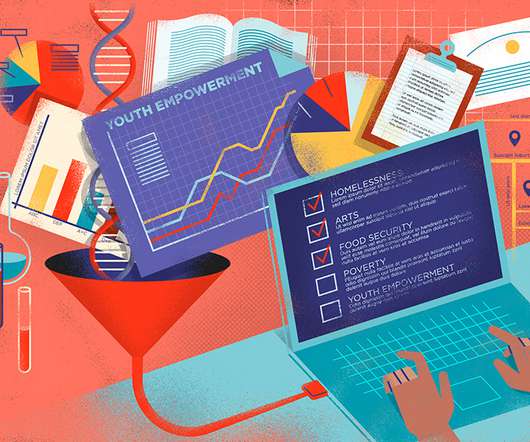Designing for Better Mental Health Policy
Stanford Social Innovation Review
FEBRUARY 22, 2024
Policy bodies like the National Governor’s Association are calling for more tailored mental health planning. Only 10 percent of organizations reported community engagement as a core activity of their policy support strategies. Current mental health policymaking tends to be insufficiently sensitive to these differences.

















Let's personalize your content